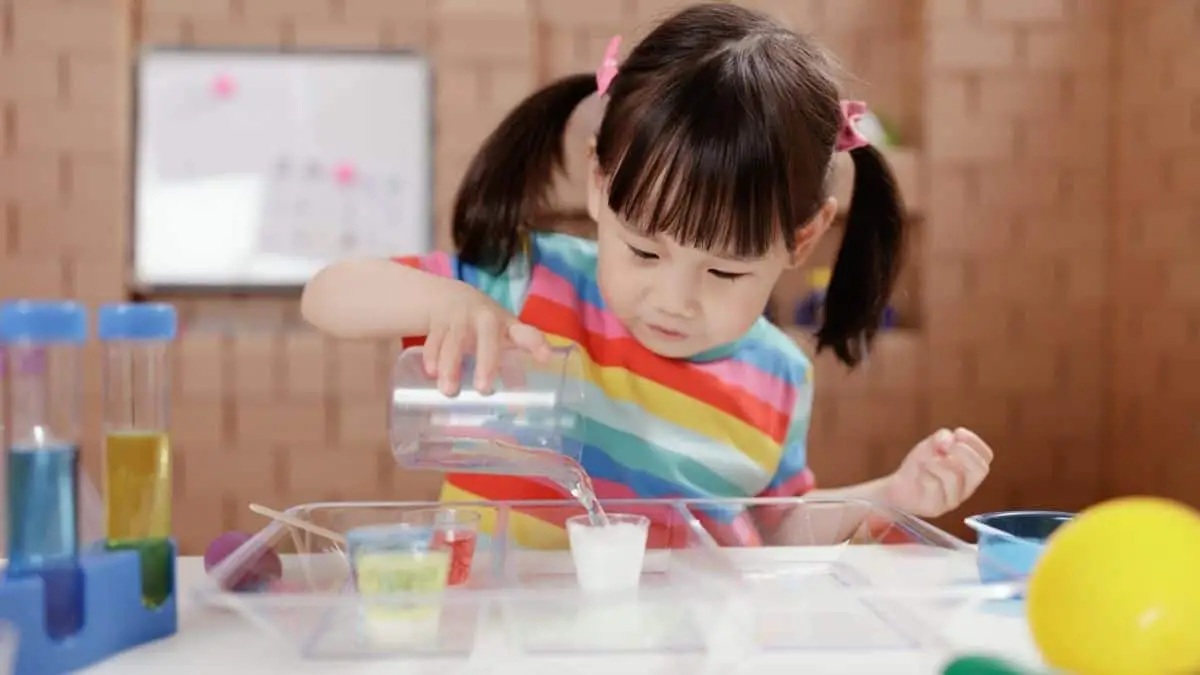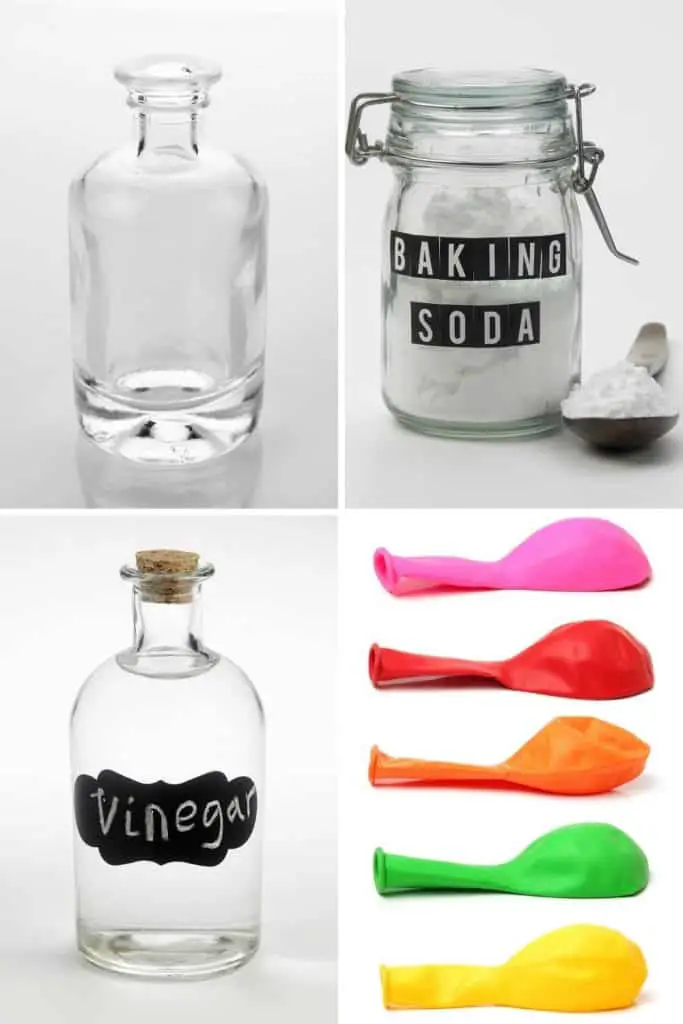5 Quick and Easy STEM Projects for Kids
STEM projects not only help kids gain knowledge but also makes learning fun and enjoyable. Kids will love to work on such projects, making it easier for you to teach them different concepts. It is undoubtedly a win-win situation.
So, how exactly do you choose fun and informative projects? Go with these quick and easy STEM projects for kids. Peruse to get inspired and choose the best projects for the little humans!
Related post: Spooktacular Halloween STEM Projects
Quick and Easy STEM Projects
1. Oranges: Sink Or Float?
Materials required:
- A tall glass jar
- An orange
- Water
This project is an excellent one to teach the kids why objects sink and float.
Here’s what you have to do:
- Start with filling ¾ of the glass jar with water.
- Take an orange and ask the kids whether it would float or sink in the water.
- Now, place the orange in the jar, and you’ll see that it floats. (Do not forget to share the excitement with the kids!)
- Peel off the orange and ask the kids whether it would float or sink this time.
- Once you place the peeled orange in the water, it will start sinking!
While the children are in awe, tell them that the secret to this experiment is density. This is a great time to teach the concept of buoyancy for the children to understand why the peeled orange floats despite it being heavier than the unpeeled orange. You can use this video from Stand-up Maths as a reference.
2. Water Cycle in a Bag
Materials required:
- A ziploc bag
- A permanent marker
- Food coloring
- A measuring cup
- Water
Using this project from Playdough to Plato, you will be able to teach the water cycle in simple terms, while keeping the kids entertained.
Here’s what you have to do:
- Take a transparent ziploc bag (with no holes).
- Draw a sun, cloud, and water on the bag using a permanent marker.
- Fill ¼ measuring cup with water.
- Squeeze a few drops of blue food coloring in the water.
- Pour the water into the ziploc.
- Hang the bag on a window that gets a lot of sunshine.
After a couple of hours (depending on the amount of sunlight), water will begin to evaporate into vapor inside the ziplock bag. This process is called evaporation. With time, the vapor cools down and changes back to liquid form, which is called condensation. Finally, when the water drops are heavy enough, it falls down like rain or snow through precipitation.
This project is incredibly fun and informative. Before ending the session, tell the kids that the earth only has a limited amount of water and that it is important to not take it for granted.
3. Blow Up The Balloon
Materials required:
- A plastic or glass bottle
- Baking powder or baking soda
- Vinegar
- A balloon
“Blow up the balloon” is an exciting experiment to teach acidity and basicity.
Here’s what you have to do:
Fill approximately half the balloon with baking powder.
- Pour vinegar up till half the bottle.
- Stretch the balloon’s opening and place it over the mouth of the bottle (avoid leaking of baking powder into the vinegar).
- When you are ready for the results, tip the baking powder into the vinegar.
When the baking powder comes in contact with the vinegar, the balloon will start to inflate. This is due to the presence of carbon dioxide produced when the acidity of the vinegar reacts with the bicarbonate of baking powder.
4. Surface Tension with Milk
Materials required:
- A container
- Whole fat milk
- Food coloring
- Dish soap
- Cotton swab
The concept of surface tension is a bit difficult to explain. But with this experiment from STEAMsational, the little ones will understand it better, while having a lot of fun.
Here’s what you have to do:
- Fill the container with whole fat milk.
- Pour a few drops of food coloring in different areas of the milk surface (Be careful not to shake the container).
- Dip a cotton swab into the dish soap.
- Gently touch the food coloring with the cotton swab.
When the cotton swab with dish soap comes in contact with the food coloring, the fat particles in the milk dance around and create swirls of color.
The science behind the experiment is clearly surface tension. Simply put, when the milk is homogenized, the fat particles pull each other together and are equally spread throughout the milk. However, when the liquid soap comes in contact, it breaks the surface tension, and the milk molecules move apart.
Giving real-life examples like how small insects like water striders can walk on water, will also enhance kids’ understanding of surface tension.
5. Bending a Pencil
Materials required:
- A jar
- A pencil
- Water
This one from Raising Lifelong Learners is probably the easiest project to carry out, but the science behind it is fascinating. All you have to do is fill half the jar with water, and place a pencil in it. When you look at the pencil from the top, it appears straight. When you look at it from the side, it suddenly appears broken!
Explain to the kids the concept of refraction. Refraction occurs when a light wave passes from one medium to another. In this experiment, the two media are air and water. Light travels slower through water than air. Therefore, when light enters the water, it bends around the pencil, causing it to look broken.
If the kids haven’t seen this one before, they will be amazed!
Frequently Asked Questions
Is adult supervision necessary?
It is advised to supervise young kids while conducting experiments. Take proper precautionary measures to avoid all kinds of risks. Also, the kids will be able to learn better when there is an adult to explain in detail the science behind the experiments.
Which project is the best one?
All the five projects mentioned in this article will help you teach excellent concepts to children. Choose a project that is likely to make your kids excited, and that will teach the kids something they have not learned yet.
How can I make the session interesting?
The key to a fun session with kids is wholeheartedly sharing their excitement. Show them that you are enjoying spending time with them. Explain the concepts in simple words, and try to include real-life examples.









